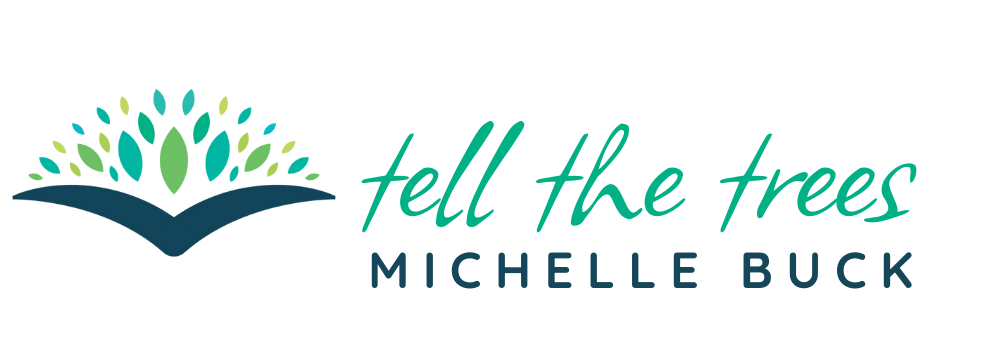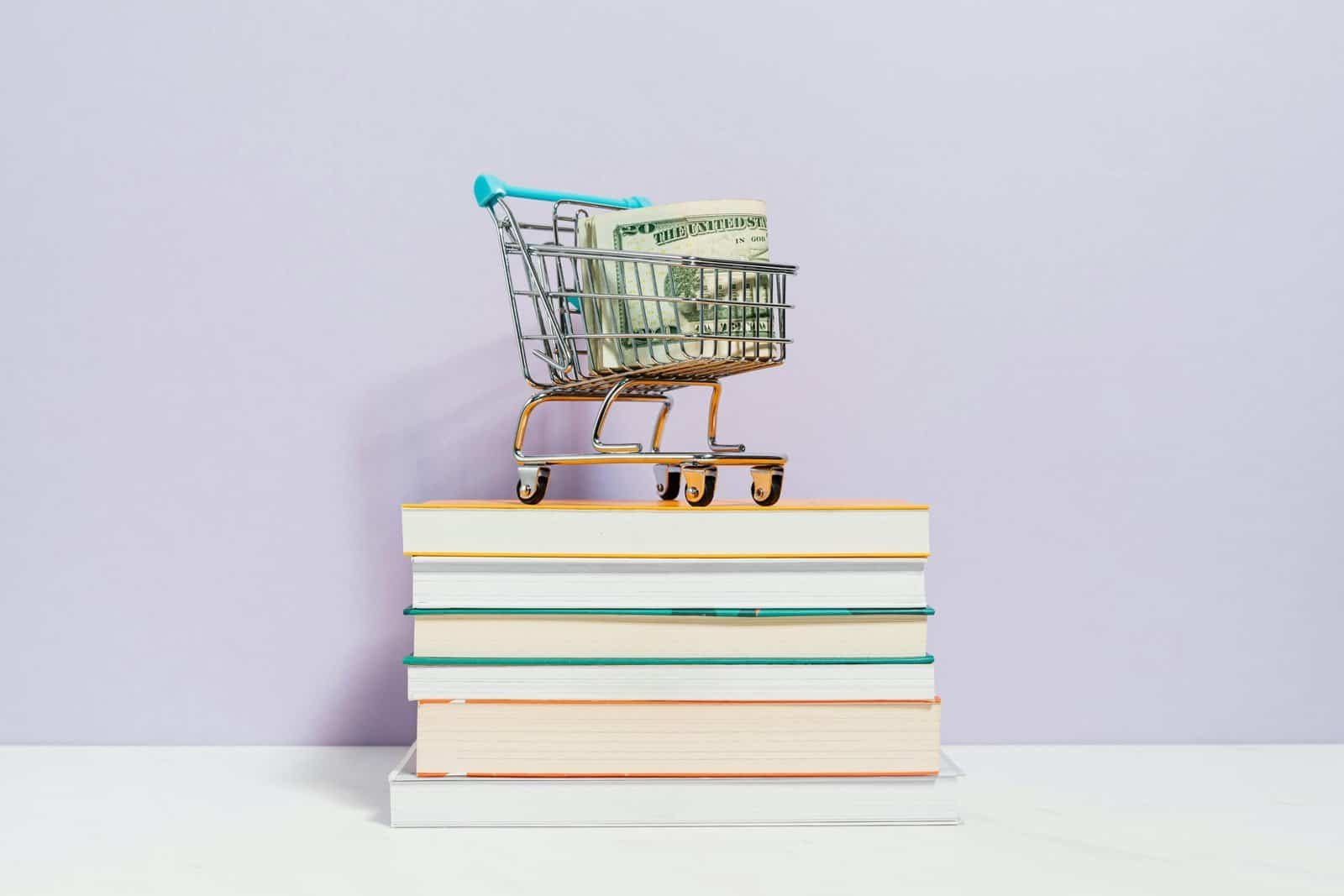by Michelle
Share
by Michelle
Share

Over the past few months, I’ve been interested in using something other than Amazon KDP Select for my book distribution. I’ve done a lot of research already, but today I’m kicking off a new series that might just change how you think about publishing your non-fiction magnum opus.
You might have asked these questions about self-publishing your book:
- Do I really need to put my book on all these different platforms, or is Amazon KDP enough?
- What happens to my books if Amazon suddenly closes my account?
- Am I missing out on readers by only being on Amazon?
So, what exactly do I mean by “going wide” versus “Amazon exclusivity?”
Exclusivity means putting all your eggs in the Amazon basket through their KDP Select program. Going wide means distributing your book across multiple retailers like Apple Books, Barnes & Noble, Kobo, and more.
For non-fiction authors, this decision carries unique weight. Unlike fiction, where readers might be platform-loyal, non-fiction readers often seek specific information regardless of where it lives. Your cookbook, wellness guide, or business manual might reach entirely different audiences depending on your distribution strategy.
Full disclosure: I haven’t distributed wide yet, but that’s exactly why I’m so interested in exploring this topic with you. Like many of you, I’ve published only on Amazon until now, but I’ve grown increasingly concerned about putting all my books in one place. Amazon’s policies can be frustrating at times, and their business practices don’t always align with what’s best for authors. What happens if they suddenly change their terms or, worse yet, suspend my account for some arbitrary reason? All that hard work could vanish overnight!
So I’m approaching this series as a learning journey we’re taking together. While I’ll be researching and sharing everything I discover about Draft2Digital and other platforms, I’ll be just as curious as you to see how these alternatives stack up in practice. Sometimes the best way to learn is to dive in headfirst, right?
Over the next seven weeks, we’ll explore everything from royalty structures to marketing tools, focusing especially on how Draft2Digital can simplify the “going wide” process. By the end, you’ll have a clear roadmap to make the best decision for YOUR specific non-fiction book.
Part 1: Understanding the Publishing Landscape
Exclusivity Through Amazon KDP Select
When you enroll in KDP Select, you’re essentially making a deal with Amazon: “I won’t sell my ebook anywhere else for 90 days, and in return, you’ll give me special perks.” These perks include:
- Access to Kindle Unlimited, where subscribers can read your book for free (while you get paid per page read)
- Promotional tools like Countdown Deals and Free Book Promotions
- Higher royalty rates in certain countries (70% instead of 35%)
The catch? Your ebook can’t appear on any other platform other than Amazon KDP during that 90-day period.
Note that this exclusivity only applies to your ebook—your print version can still be distributed anywhere.
What “Going Wide” Really Means
Going wide means rejecting Amazon’s exclusive terms and distributing your ebook across multiple platforms:
- Apple Books
- Barnes & Noble
- Kobo
- Google Play
- International retailers
- Libraries through platforms like OverDrive and Hoopla
This approach gives readers the freedom to purchase from their preferred store, potentially reaching audiences who never shop on Amazon. For non-fiction authors with global appeal or specialized topics, these additional markets can give you a wider reach.
Draft2Digital: Your Wide Distribution Ally

Draft2Digital (D2D) is what’s known as an “aggregator”—a service that distributes your book to multiple platforms through a single dashboard. Rather than creating separate accounts, formatting different files, and tracking sales across numerous retailers, D2D handles it all for a small percentage of your sales.
Their user-friendly system converts your manuscript to various formats, distributes it to your selected platforms, consolidates royalty payments, and provides unified reporting. For busy non-fiction authors, this streamlined approach can save countless hours of administrative headaches.
The Current Reality of Amazon KDP Select
While Amazon remains the undisputed heavyweight champion in most English-speaking markets (holding approximately 65-70% of ebook sales), other platforms collectively represent a substantial slice of potential readers.
Apple Books dominates in certain regions and among iOS users, while Kobo has significant market share in Canada and many international markets. Libraries, accessible through wide distribution, represent an often-overlooked opportunity for non-fiction authors to reach readers who might never have purchased your book outright.

For specialized non-fiction topics, these “smaller” platforms can sometimes deliver surprisingly strong results, especially if your subject appeals to their particular user demographics.
Next week, we’ll dive deeper into the specific advantages of Amazon KDP Select exclusivity and why some non-fiction authors swear by the approach.
Here’s what you can expect:
- Part 1: Amazon KDP Select: Is Exclusivity a Surprisingly Good Offer? (you are here!)
- Part 2: The Amazon KDP Select Advantage
- Part 3: The Remarkable Amazon KDP Alternative You Need to Know
- Part 4: Draft2Digital Deep Dive
- Part 5: Financial Considerations
- Part 6: Making Your Decision
- Part 7: Implementation Plan
- Conclusion
I’ll add URL’s to these once they are live! See you next week.
Tell the Trees is supported by its readers. When you make a purchase using links on this site, it may result in affiliate commission. Please visit my affiliate disclosure page for more information.
Let's Discuss It
The EU Accessibility Act officially kicked in on June 28, 2025, and that means it's being enforced right now. Here's what to expect for self-publishing.
Sometimes what we call perfectionism is just fear of rejection in disguise. We keep our work hidden because putting it out there means people can judge it.
Ever wonder why some books take off with book sales while others collect digital dust? When it comes to book marketing, I’ve noticed the same problems pop up again and again. Let me walk you through a real example that perfectly illustrates what NOT to do—and more importantly, how to fix it. The Post &
D2D for print books will not replace Amazon KDP for most authors—the royalty difference is just too significant if you're primarily selling direct to consumers online. But it's not supposed to replace Amazon; it's supposed to complement it.










